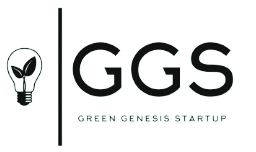
This topic’s main goal is to define the steps towards ecological transition. Also, to answer the question: of what an individual can do about it, and what jobs, and businesses are part of the ecological transition towards climate neutrality, and sustainable development.
Preservation of nature, renewable natural resources, water, forests, soil, and sea, is the basis of sustainable, and inclusive growth, food production security, and poverty reduction. Drinking water, clean air, and healthy terrestrial, freshwater, and marine ecosystems enable people in the EU to lead a healthy, and productive life, realize their potential, and contribute to society because, without a healthy ecosystem, this is not possible.
Europe is exposed to high risks from climate change. The consequences of extreme weather events, droughts, floods, rising sea levels, soil erosion, and air pollution point to reducing the risk of negative consequences caused by climate change, and increasing resistance to them. Sectors considered particularly sensitive to climate change are water management, agriculture, forestry, energy, and tourism, biodiversity, natural terrestrial, and marine ecosystems, coastal, and urban areas, and human health are also at risk.
Although greenhouse gas emissions are gradually decreasing, the intensity of greenhouse gas emissions in the economy is still high. In addition to traffic, energy production, waste disposal, and inefficient use of energy in the building sector are significant sources of greenhouse gases.
By fulfilling the goals of the transition to low-carbon development, environmental protection, and reducing the risk of climate change in a manner consistent with the implementation of the European Green Plan, it will contribute to achieving climate neutrality, and meeting the goals of sustainable development from the United Nations Sustainable Development Program 2030.
